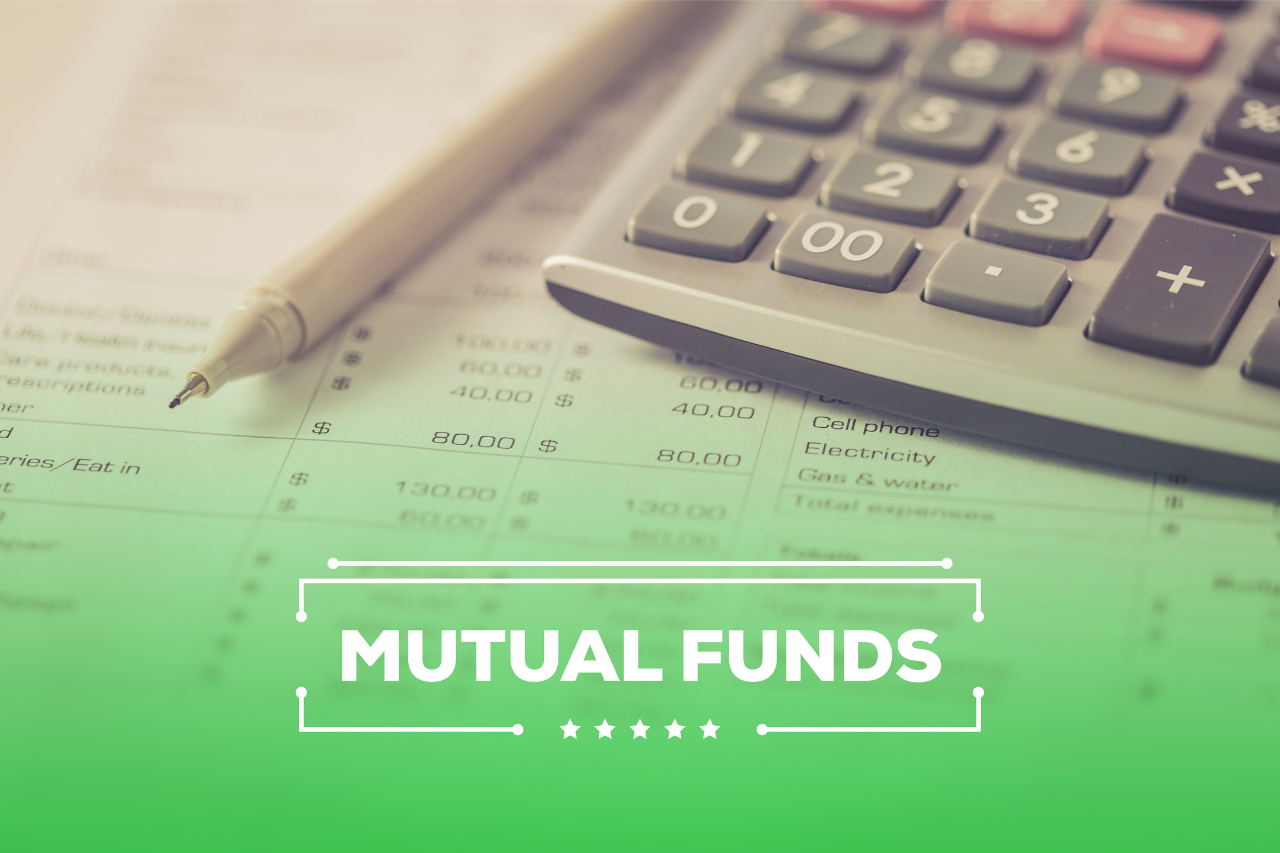
Savings for Retirement: What you need to do now!

Share:
Max Pockets Editorial Team
Most American fall short when it comes to saving for retirement, if you’re ready to start a retirement plan but don’t know where to begin, this guide is for you. It’s never too late to start saving, but the sooner you start putting money away, the more time it has to grow.
How Much Should You Save?
The answer to this question depends on a number of factors, including your age, income, and lifestyle. A good rule of thumb is to save 10-15% of your income for retirement. If you start saving early, you may be able to get by saving less than 10%.
If you’re nearing retirement age and have yet to start saving, you’ll need to save more than 15% of your income to make up for lost time. Try to contribute as much as you can to catch up.
What Kind of Retirement Account is Best for You?
There are many different types of retirement accounts available, including traditional IRAs, Roth IRAs, and 401(k)s. The best retirement account for you will depend on your individual circumstances.
If you’re employed, you may want to consider contributing to a 401(k) plan. Many employers offer matching contributions, which can help you save more money for retirement.
If you’re self-employed, you’ll need to set up a retirement account on your own. A traditional IRA or Roth IRA are both good options for self-employed individuals.
No matter what type of retirement account you choose, be sure to contribute as much money as you can each year to take advantage of tax breaks and maximize your savings.
Employer-Sponsored Retirement Accounts
The most common type of employer-sponsored retirement savings plan is a 401(k). With a 401(k), you can choose to have a portion of your paycheck automatically deposited into your retirement account. Many employers will also match a certain percentage of your contribution, making a 401(k) an especially attractive savings option. Other employer-sponsored retirement savings plans include 403(b)s, SEP IRAs, and SIMPLE IRAs.
IRA Accounts
You can also open an Individual Retirement Account (IRA) even if you don’t have an employer-sponsored savings plan. There are two main types of IRAs—traditional and Roth.
With a traditional IRA, you make contributions with pretax dollars. This means that your contribution is deducted from your taxable income for the year. You won’t pay taxes on the money in your account until you withdraw it in retirement.
With a Roth IRA, you make contributions with after-tax dollars. This means that you’ve already paid taxes on the money you’re contributing. The money in your Roth IRA grows tax-free, and you won’t pay taxes on withdrawals in retirement.
There are income limits for Roth IRAs, so be sure to check whether you’re eligible before opening an account.
Other Retirement Savings Options
If you’re self-employed or don’t have access to an employer-sponsored retirement savings plan, there are still other options available. These include solo 401(k)s, SEP IRAs, and SIMPLE IRAs. A solo 401(k) is a retirement savings plan for self-employed individuals or business owners with no employees. With a solo 401(k), you can make both employer and employee contributions, up to the annual contribution limit.
A SEP IRA is a retirement savings plan for self-employed individuals or small business owners. With a SEP IRA, you can make contributions on behalf of yourself and your employees. A SIMPLE IRA is a retirement savings plan for small businesses with 100 or fewer employees. With a SIMPLE IRA, employees can make salary deferral contributions, and employers are required to make matching or nonelective contributions.
No matter what type of retirement savings plan you choose, be sure to contribute as much money as possible each year to maximize your savings.
Choose Your Investments
Once you’ve decided which type of retirement savings account is right for you, it’s time to start thinking about how to invest your money. There are a few different ways to approach investing for retirement. The most important thing is to start early and be consistent with your savings. The best way to save for retirement is to invest in a mix of stocks, bonds, and other assets that fit your risk tolerance and investment goals.
For most people, a target-date retirement fund is a good option. These funds automatically adjust their asset mix as you get closer to retirement, becoming more conservative as the date approaches. If you want to take a more hands-on approach, you can choose your own mix of investments. Just remember to rebalance your portfolio regularly to keep it on track.
Save as Much as You Can
Ideally, you should start saving for retirement as early as possible. The sooner you start, the more time your money has to grow.
If you’re already behind on savings, don’t despair. It’s never too late to start saving, and even small contributions can make a big difference over time.
The most important thing is to be consistent with your savings. If you can’t contribute as much as you’d like right now, that’s OK. Just start with what you can and increase your contributions as your financial situation allows.
Saving for retirement doesn’t have to be complicated. By taking some time to understand your options and make a plan, you can be on your way to a comfortable retirement.
How Can You Make Your Retirement Savings Last?
Once you retire, you’ll need to make your savings last as long as possible. One way to do this is to invest a portion of your money in annuities. Annuities provide a guaranteed stream of income for a set period of time, which can help you cover essential expenses in retirement.
You can also consider downsizing your home or relocating to a cheaper area to help reduce your living expenses. If you have a paid-off home, you may want to consider renting it out and using the income to supplement your retirement savings.
Tips to help you boost your retirement savings include:
- Automate savings as much as possible. Set up automatic deposits from your paycheck or savings account every month to help you stay on track.
- Take advantage of employer matches. If you’re enrolled in an employer-sponsored retirement savings plan, make sure to contribute enough to get the matching contributions.
- Look for ways to save on taxes. Take advantage of retirement savings incentives and tax credits, such as the Saver’s Credit or the Retirement Savings Contributions Credit (RSCC).
- Consider other savings options. If you’re self-employed or don’t have access to an employer-sponsored savings plan, look into other savings options, such as IRAs or savings bonds.
- Invest in assets with long-term growth potential. Consider stocks and other investments that have the potential to appreciate over time, instead of relying solely on savings accounts.
- In addition to savings, Social Security will likely be an important part of your retirement income. Make sure you understand how the system works and when you should start taking benefits. The amount of money you’ll receive in Social Security depends on when you started working and how much you’ve earned over the years.
Saving for retirement as a nontraditional worker
Can be challenging, but it’s not impossible. By understanding your savings options and taking advantage of retirement savings incentives, you can build a comfortable retirement nest egg.
No matter what type of job you have or how much money you make, saving for retirement is essential for financial security in the future. With some smart planning and dedication to savings, you can ensure that your retirement savings last.
What is a SIMPLE IRA?
A SIMPLE IRA (Savings Incentive Match Plan for Employees) is a retirement savings plan designed for small businesses and self-employed individuals. It has similar features to a traditional 401(k), but requires lower contributions and simpler administrative requirements. Employers can make matching contributions of up to 3% of employee compensation.
Contributions are made with pre-tax dollars, so you can reduce your taxable income and save on taxes. Withdrawals are subject to the same taxes and penalties as 401(k) savings plans.
A SIMPLE IRA is a great way for employers to offer retirement savings options to their employees without having to manage complex administrative requirements. It’s also a great savings option for self-employed individuals who want to save for retirement but don’t have access to an employer-sponsored plan.
If you’re looking for an easy way to boost your retirement savings, consider opening a SIMPLE IRA. With lower contribution requirements and simpler administration, it can be a great savings tool. Plus, you can take advantage of savings incentives and reduce your taxable income. With a little bit of planning, you can build a secure retirement savings plan that ensures financial security in the future.
What is SEP IRA?
A SEP IRA (Simplified Employee Pension) is a retirement savings plan designed for small businesses and self-employed individuals. It’s similar to a traditional 401(k), but has simpler administrative requirements and higher contribution limits. Employers can make contributions of up to 25% of employee compensation, up to $58,000 per year.
Contributions are made with pre-tax dollars, so you can reduce your taxable income and save on taxes. Withdrawals are subject to the same taxes and penalties as 401(k) savings plans.
A SEP IRA is a great savings option for small businesses who want to offer retirement savings options to their employees without having to manage complex administrative requirements. It’s also a great savings option for self-employed individuals who want to save for retirement but don’t have access to an employer-sponsored plan.
What is Solo 401(k)?
A Solo 401(k) is a retirement savings plan designed specifically for self-employed individuals and small business owners. It has similar features to a traditional 401(k), but requires lower contributions and simpler administrative requirements. Contributions are made with pre-tax dollars, so you can reduce your taxable income and save on taxes. Withdrawals are subject to the same taxes and penalties as 401(k) savings plans.
A Solo 401(k) can be a great savings tool for self-employed individuals who want to save for retirement without having to manage complex administrative requirements. It also offers higher contribution limits than other retirement savings options, so you can maximize your savings potential.
Roth IRA vs. traditional IRA
Roth IRA and traditional IRAs are two popular retirement savings options. Both offer tax savings, but there are some key differences to consider when deciding which one is right for you.
With a traditional IRA, contributions are made with pre-tax dollars, so you can reduce your taxable income and save on taxes. Withdrawals are subject to taxes and penalties.
With a Roth IRA, contributions are made with after-tax dollars, so you can’t reduce your taxable income. However, withdrawals are tax-free and penalty-free in retirement.
Ultimately, it depends on your individual circumstances which one is better for you. Consider your savings goals, income level, and tax situation when deciding which one is right for you.
Overall, retirement savings options like SIMPLE IRA, SEP IRA, and Solo 401(k) offer a great way to save for the future. They are easy to manage, have low contribution requirements, and can reduce your taxable income.
Bottom Line
No matter how much money you have saved for retirement, it’s important to make it last as long as possible. By following these tips, you can ensure that your savings will last through your golden years. If you have any questions about saving for retirement, don’t hesitate to talk to a financial advisor. They can help you understand your options and make the best decisions for your unique situation.
By following these tips and investing in savings, you can ensure that your retirement savings will last. Start building your savings as soon as possible and be consistent with contributions to give yourself the best chance of a secure retirement. With some smart savings and planning, you can build a comfortable nest egg for the future.
Most Popular


Unveiling the Secrets: What Are Stocks?

Unlocking Financial Success: Accumulate Wealth

Mastering Dollar Cost Averaging: A Complete Guide
Subscribe To Our Weekly Newsletter
No spam, great information to grow your Money!
Categories
Related Posts

Building Wealth: Mutual Funds vs ETFs
Share: Optimize your strategy by comparing Mutual Funds and Exchange-Traded Funds. Deciding whether to buy an ETF or a mutual fund can be a tough

Unveiling the Secrets: What Are Stocks?
Share: Facebook Twitter Pinterest LinkedIn What Are Stocks? A stock is a type of security that signifies ownership in a corporation and represents a claim

Unlocking Financial Success: Accumulate Wealth
Share: Facebook Twitter Pinterest LinkedIn Are you looking for ways to grow your wealth safely? Are you looking for wealth building investments that can help

Mastering Dollar Cost Averaging: A Complete Guide
Share: Facebook Twitter Pinterest LinkedIn What Is Dollar-Cost Averaging? Dollar-cost averaging is an investing technique in which an investor purchases a fixed dollar amount of

Maximize Potential: How to Invest in Your 20s for Financial Security
Share: Facebook Twitter Pinterest LinkedIn If you’re in your 20s, you may be thinking about how to start investing. It’s important to begin saving and

Different Types of Investments: Risks and Rewards
Share: Investing can be very confusing and intimidating for beginners, especially when it comes to knowing what type of investment is right for you and